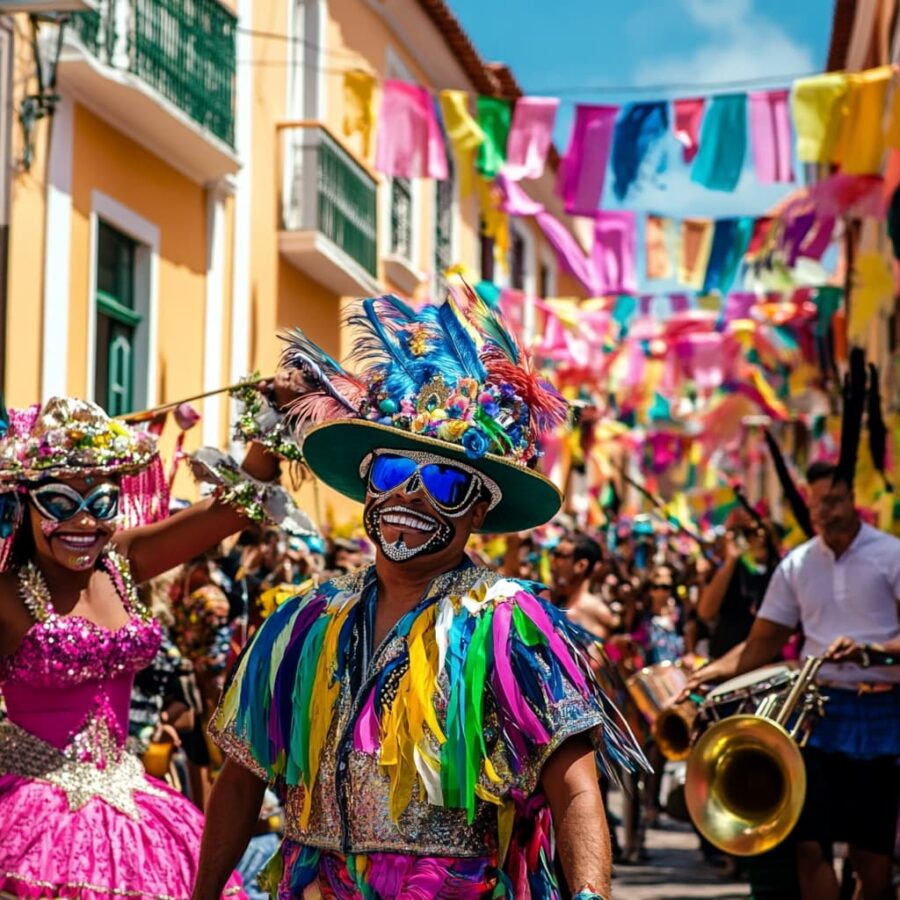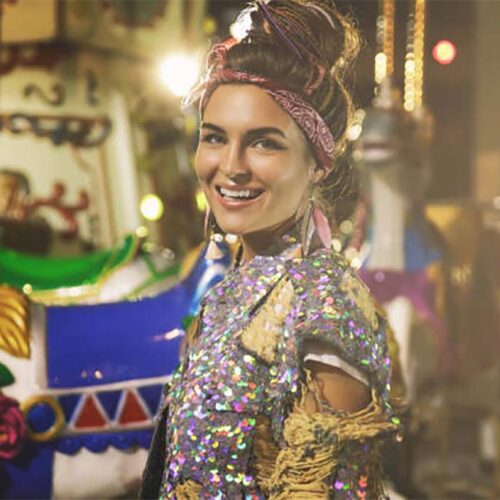From the feathered parades of Rio to the mysterious elegance of Venetian masks, carnival costumes have long held deeper significance than their dazzling appearance suggests. They are expressions of heritage, creativity, and resistance. Across cultures, carnivals serve as outlets for freedom, identity, and communal pride — with costumes at the heart of these celebrations.
This article looks at how carnival costumes reflect cultural stories, evolve through time, and remain powerful tools of expression across continents.
Historical Roots of Carnival Dress
Carnival traditions go back centuries, with origins in Europe’s pre-Lenten festivals. People would wear masks and extravagant outfits to momentarily break social norms, mock those in power, and enjoy a rare sense of anonymity. Costumes offered a temporary shift in identity — a playful rebellion against rigid structures.
As European colonizers spread these customs abroad, carnival practices blended with local traditions, particularly in Latin America, Africa, and the Caribbean. In many places, costume-making became a way to reclaim identity and preserve cultural memory.
Brazil: Storytelling Through Costume
Brazil’s Carnival, especially in Rio de Janeiro, is famous for its elaborate costumes and vibrant displays. Samba schools build entire narratives through their parades, choosing themes that might explore history, mythology, current events, or social issues.
The costumes reflect these themes — from tributes to Afro-Brazilian culture to visual critiques of environmental destruction. Materials like sequins, feathers, and beads aren’t just decorative; they symbolize joy, abundance, and the spirit of celebration. For many communities, costume design is a cherished tradition that fosters belonging and pride.
Venetian Masks: Identity and Intrigue
Venice takes a different approach, emphasizing mystery and elegance through its historic masks. Designs such as the Bauta or the Plague Doctor have deep roots in the city’s history. Originally, these masks allowed wearers to hide their identities and escape social boundaries — enabling acts that were otherwise off-limits.
Today, they remain a symbol of Venice’s cultural richness. Handmade from papier-mâché and painted with care, these masks preserve a legacy of craftsmanship and theatricality.
Caribbean Traditions: Masquerade and Memory
In Caribbean nations like Trinidad and Tobago or Barbados, carnival costumes carry powerful post-colonial symbolism. After emancipation, freed communities created their own festivals — reclaiming the right to celebrate and express themselves through dance, music, and masquerade.
There are several styles of carnival costuming:
- Traditional Mas: Features dramatic characters like the Midnight Robber or Jab Jab, each with symbolic meaning and strong theatrical presence.
- Pretty Mas: Emphasizes aesthetic beauty with feathers, sparkles, and bold designs that celebrate freedom and sensuality.
- J’ouvert: A raw, early-morning ritual where participants cover themselves in paint, mud, or oil — symbolizing defiance, liberation, and creativity.
Each element carries history, satire, and pride.
African Carnivals: Modern Roots, Ancient Soul
While carnival is a newer tradition in some African nations, it’s rapidly growing. Events like Nigeria’s Calabar Carnival showcase how traditional textiles, motifs, and folklore blend with contemporary themes.
Costumes often highlight national pride, community stories, and global issues like youth empowerment or climate change. These celebrations serve as bridges between ancestral customs and modern identity, helping to position African cultures on a global stage.
Costume as Commentary
Carnival attire is frequently used as a form of visual commentary. Around the world, participants create costumes that mock political figures, highlight injustices, or amplify voices often unheard. In Notting Hill (UK), environmental themes are common. At Mardi Gras in New Orleans, LGBTQ+ communities use costume to celebrate visibility and pride.
This satirical tradition — using color and creativity to challenge norms — remains one of carnival’s most enduring strengths.
New Approaches: Sustainability and Tech
As awareness of environmental concerns grows, many carnivals are rethinking costume production. The use of plastics, glues, and disposable materials has sparked conversations about sustainability.
In response, some groups now reuse costume pieces, embrace natural or recycled materials, and teach eco-friendly design techniques to younger generations. Meanwhile, designers are experimenting with technology — incorporating LED lights, motion elements, and even interactive features.
This mix of innovation and responsibility points to a new era in carnival costume design.
A Personal Experience
For many, wearing a carnival costume isn’t just festive — it’s deeply personal. The process of designing and building a costume can take months and involve families, friends, and entire neighborhoods. It’s a shared labor of love and identity.
When the costume is finally worn, it becomes transformative. The person becomes a storyteller, a performer, a symbol. Whether it’s a first-time participant or a lifelong masquerader, putting on a costume is an act of joy, defiance, and connection.
Conclusion
Carnival costumes are not merely about spectacle — they are about meaning, memory, and movement. They tell stories, unite communities, and challenge conventions.
As carnivals adapt to new realities, from environmental responsibility to digital creativity, the essence of costume remains unchanged: a powerful expression of culture, identity, and human spirit. And behind every feather, bead, or mask is a story worth seeing — and hearing.



![The Most Romantic Carnivals Around the Globe for Couples [Part 1]](https://www.locobloco.org/wp-content/uploads/2023/04/111-500x500.jpg)